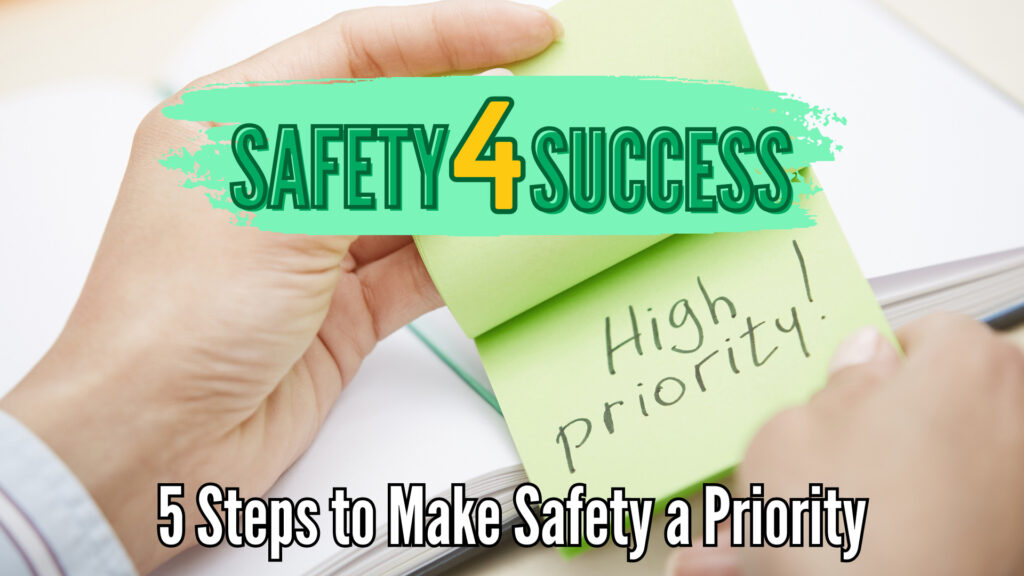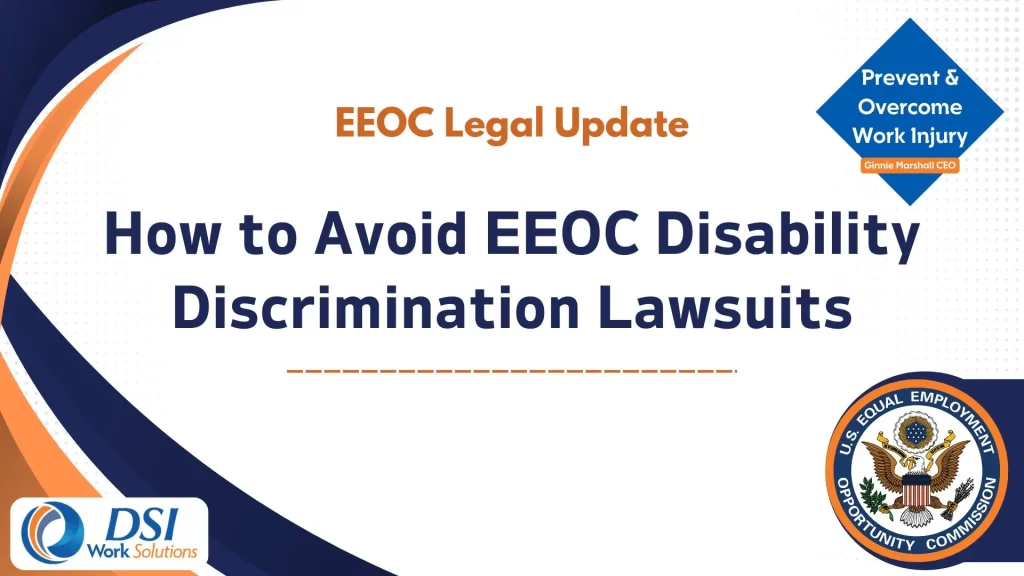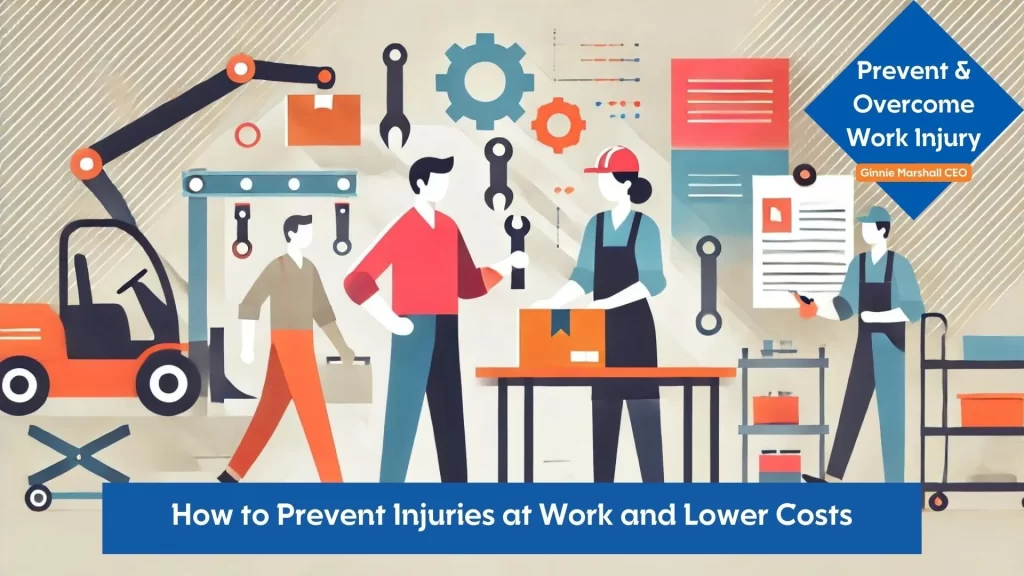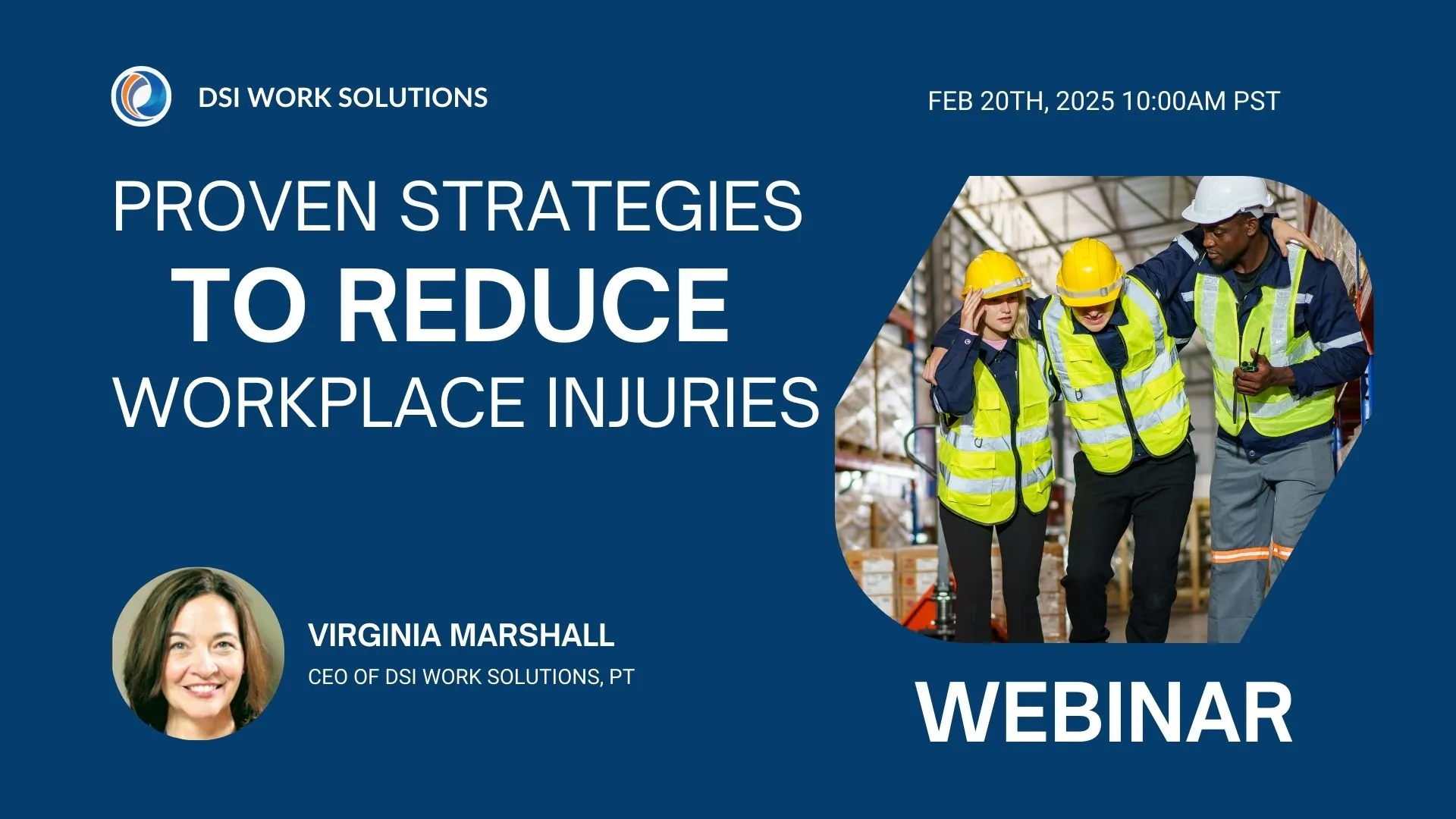
Workplace safety is an essential aspect of any successful business. A safe work environment not only protects employees from injury and illness but also contributes to higher productivity, improved morale, and lower costs associated with workers’ compensation and lost productivity.
To make safety a priority in your workplace, follow these five steps:
1. Establish a Safety Culture
A strong safety culture starts at the top. Management should demonstrate a commitment to workplace safety and make it clear that it is a priority for the entire organization. This can be done by regularly discussing safety topics, investing in proper training, and implementing policies and procedures that prioritize employee well-being. By fostering a safety-first mindset, you’ll create an environment where employees feel valued and protected.
2. Identify and Assess Risks
Regularly conduct risk assessments to identify potential hazards and evaluate their severity. This process should involve employees, as they are often the ones most familiar with the risks associated with their tasks. Once hazards are identified, implement measures to mitigate or eliminate them to create a safer work environment. Continual assessment and adaptation to new risks ensure that your workplace remains as safe as possible.
3. Develop and Implement Safety Procedures
Create clear and comprehensive safety procedures for all aspects of the workplace, including emergency response plans, equipment usage, and personal protective equipment (PPE) requirements. Ensure that these procedures are easily accessible to all employees and provide training to help them understand and follow them correctly. Consistently implementing and enforcing safety procedures will help maintain a secure environment and prevent accidents.
4. Encourage Employee Participation
Foster a sense of ownership and accountability for workplace safety by involving employees in the development, implementation, and review of safety policies and procedures. Encourage employees to report hazards, near-misses, and incidents without fear of retaliation, and provide opportunities for them to participate in safety committees or other safety-related initiatives. This collaborative approach will promote a greater sense of responsibility for safety among employees and help create a more secure workplace.
5. Regularly Review and Improve
Continuously evaluate and improve your organization’s safety efforts. Conduct regular safety audits, inspections, and reviews to ensure that your policies and procedures remain effective and up-to-date. Encourage feedback from employees and use this information to make improvements and adjustments as needed. This process will help your organization maintain a strong safety culture and adapt to any changes or new challenges.
BONUS TIP: Provide Ongoing Safety Training and Education
Regular safety training and education are crucial to maintaining a safe work environment. Ensure that employees receive proper training when they are first hired, as well as periodic refresher courses and updates on new safety procedures or equipment. This training should be tailored to the specific needs and risks of each job function and should include a mix of classroom instruction, hands-on demonstrations, and practical exercises to help employees develop the skills and knowledge they need to work safely. By prioritizing safety education, you can reinforce the importance of safety and empower employees to take responsibility for their own well-being and the well-being of their colleagues.
By following these five steps, you can make workplace safety a priority in your organization. Establishing a strong safety culture, identifying and assessing risks, developing and implementing safety procedures, encouraging employee participation, and regularly reviewing and improving your safety efforts will help create a safe and productive work environment. Remember that workplace safety is an ongoing process that requires continuous attention and commitment from all levels of the organization. By prioritizing safety, you’ll not only protect your employees but also contribute to the overall success of your business.












.webp)